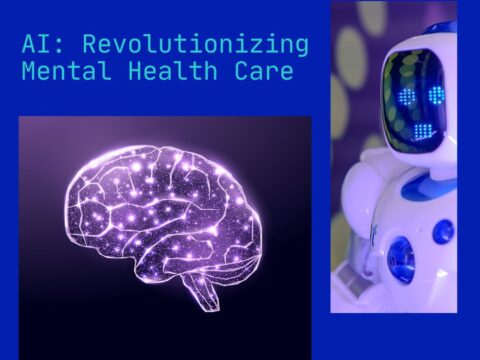Artificial Intelligence (AI) is playing a crucial role in revolutionizing disaster response efforts, offering innovative solutions to enhance the efficiency, speed, and effectiveness of emergency services and relief operations. This exploration delves into how AI technologies are being leveraged to address the complex challenges associated with disaster management, from early detection to swift response and long-term recovery.
1. Early Warning Systems: AI-powered early warning systems utilize data analytics and machine learning algorithms to analyze patterns and predict potential disasters. By monitoring various environmental factors such as weather patterns, seismic activity, and satellite imagery, AI can provide advanced warnings, enabling communities to prepare and evacuate in advance of impending disasters.
2. Predictive Analytics for Evacuation Planning: AI-driven predictive analytics assess the potential impact of disasters on specific areas, helping emergency services formulate evacuation plans. These plans are dynamically adjusted in real-time based on evolving conditions, optimizing the evacuation process and ensuring the safety of affected populations.
3. Drone Technology for Rapid Assessment: Drones equipped with AI-powered image recognition capabilities are deployed for rapid assessment of disaster-stricken areas. These drones can quickly survey the extent of damage, identify hazards, and provide critical data for coordinating rescue and relief efforts. AI enables the analysis of large volumes of visual data, expediting decision-making.
4. AI in Search and Rescue Operations: AI algorithms enhance search and rescue operations by processing data from various sources, including satellite imagery, social media, and communication networks. These algorithms can identify signs of life, locate survivors, and optimize the deployment of rescue teams in areas with the highest probability of finding individuals in distress.
5. Natural Language Processing in Emergency Communications: Natural Language Processing (NLP) algorithms are employed to analyze emergency communications, including social media posts and distress calls. This enables emergency services to gain real-time insights into the evolving situation, identify critical needs, and allocate resources effectively based on the information received from affected individuals.
6. Chatbots for Information Dissemination: AI-powered chatbots play a vital role in disseminating timely and accurate information to the public during disasters. These chatbots can provide updates on evacuation routes, emergency shelters, and safety guidelines. Additionally, they can answer queries, reducing the burden on emergency hotlines and facilitating efficient communication.
7. Machine Learning for Resource Allocation: Machine Learning algorithms analyze historical data and real-time information to optimize the allocation of resources such as medical supplies, personnel, and equipment. This ensures that aid is directed to areas with the greatest need, improving the overall effectiveness of relief operations.
8. Remote Monitoring and Environmental Sensors: AI integrates with environmental sensors to remotely monitor disaster-affected areas. These sensors collect data on air quality, water contamination, and other environmental factors. AI processes this data to assess the impact on public health and guide interventions for environmental remediation.
9. Predictive Modeling for Long-Term Recovery: AI-driven predictive modeling aids in long-term recovery planning. By analyzing data on infrastructure damage, economic impact, and community resilience, AI can assist policymakers in formulating strategies for rebuilding and mitigating future risks.
10. Collaborative Platforms for Information Sharing: AI-powered collaborative platforms enable different agencies and organizations involved in disaster response to share real-time information. This fosters coordination, facilitates joint decision-making, and ensures a unified approach to managing complex disaster scenarios.
Conclusion: The integration of AI into disaster response and relief operations marks a transformative shift in how societies prepare for and mitigate the impact of natural and man-made disasters. From early warning systems to optimizing resource allocation and facilitating communication, AI technologies contribute significantly to building more resilient communities. As these technologies continue to evolve, the collaboration between AI and emergency services holds the potential to save lives, reduce damage, and enhance overall disaster response capabilities.




